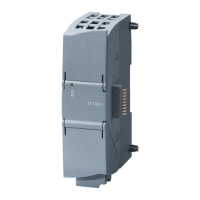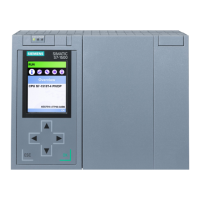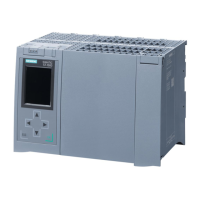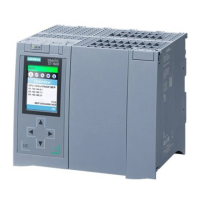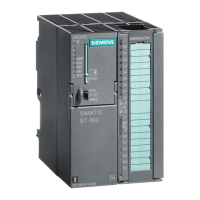Installation
3.4 Wiring guidelines
S7-1200 Programmable controller
74 System Manual, 03/2014, A5E02486680-AG
A well controlled turn-off transient will have a ring frequency of no more than 10 kHz, with
less than 1 kHz preferred. Peak voltage for AC lines should be within +/- 1200 V of ground.
Negative peak voltage for DC loads using the PLC internal suppression will be ~40 V below
the 24 VDC supply voltage. External suppression should limit the transient to within 36 V of
the supply to unload the internal suppression.
effectiveness of a suppressor circuit depends on the application and must be verified for
your particular usage. Ensure that all components are correctly rated and use an
oscilloscope to observe the turn
-off transient.
Typical suppressor circuit for DC or relay outputs that switch DC inductive loads
In most applications, the addition of a diode (A)
across a DC inductive load is sui
table, but if your
application requires faster turn
-off times, then the
addition of a zener diode (B) is recommended. Be
sure to size your zener diode properly for the amount
of current in your output circuit.
1N4001 diode or equivalent
(DC outputs),
36 V Zener (Relay outputs)
④
Typical suppressor circuit for relay outputs that switch AC inductive loads
Ensure that the working voltage of the metal oxide
varistor (MOV) is at least 20% greater than the
nominal line voltage.
-rated, non-inductive resistors, and
capacitors recommended for pulse applications
(typically me
tal film). Verify the components meet
average power, peak power, and peak voltage
requirements.
③
If you design your own suppressor circuit, the following table suggests resistor and capacitor
values for a range of AC loads. These values are based on calculations with ideal
component parameters. I rms in the table refers to the steady-state current of the load when
fully ON.

